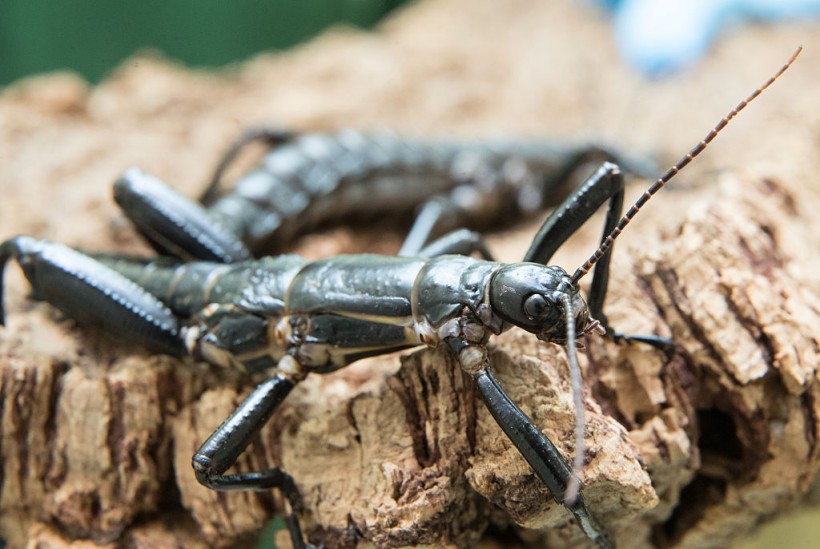San Diego Zoo now invites visitors to see Lord Howe Island stick insects, or Dryococelus australis, in person.
Lord Howe Island Stick Insects
There are roughly just 20 to 30 "tree lobsters" in the wild. The fragile population was discovered once more in 2001 after they were thought to have been extinct for 80 years.
They used to cluster on Moreton Bay fig branches and wooly tea trees. However, they later became a meal for rats that invaded in 1918. Shipwrecked rats feasted and multiplied until no tree lobsters could be sighted. The rats also devoured other native species until they became non-existent on the island. These species included two plants, five birds, and 12 other species of invertebrates.
After no Lord Howe Island stick insects were seen since 1920, they were declared to be extinct in 1986 until their rediscovery.
These creatures cling towards their precarious existence over Ball's Pyramid, a near-vertical volcanic outcrop. As this outcrop is vulnerable to landslides and catastrophic weather events, it is not a very safe place for the species that is critically endangered.
Here, the herbivorous creatures graze on just one food plant species, the Melaleuca howeana. Such shrubs get strangled by a vine that is invasive and that cannot be fully removed as they hold on to cliff soil with their roots.
Because of this, several global zoos are working on bringing the plasmids down from this cliff edge.
ALSO READ: Mobile Phone Radiation Causes Decline of Insect Population, Says Study
Conservations and Awareness Efforts
According to entomologist Paige Howorth of San Diego Zoo, letting guests get a close glimpse of the iconic and rare species is a great way for them to boost awareness regarding these animals that are less known.
The creature's incredible survival feat, despite their critically plummeting numbers, likely comes due to the ability of females to clone themselves through a process known as parthenogenetic reproduction.
While researchers were hesitant for the remaining population to be put at risk by removal, a rescue team was able to safely extract four insects in 2003. This was done in order to begin a breeding program.
Altogether, San Diego, Melbourne, and Bristol (now closed) were able to establish a captive population that has now reached thousands.
Moreover, since 2019, rat-elimination efforts on Lord Howe Island have been executed with the help of dogs that detect rats. The island's distinct wildlife has also seen a great resurgence.
Hank Bower, a resident of Lord Howe Island, explains that an "ecological renaissance" appears to be unfolding.
The zoos now hope that the populations that are now thriving will be used for the reestablishment of the insects on their home island when the area is deemed safe and free of rats.
RELATED ARTICLE: Unusual Blue Discoloration in Insects Caused by Virus, Could Pave the Way for Development of Antiviral Material
Check out more news and information on Environment & Climate in Science Times.















